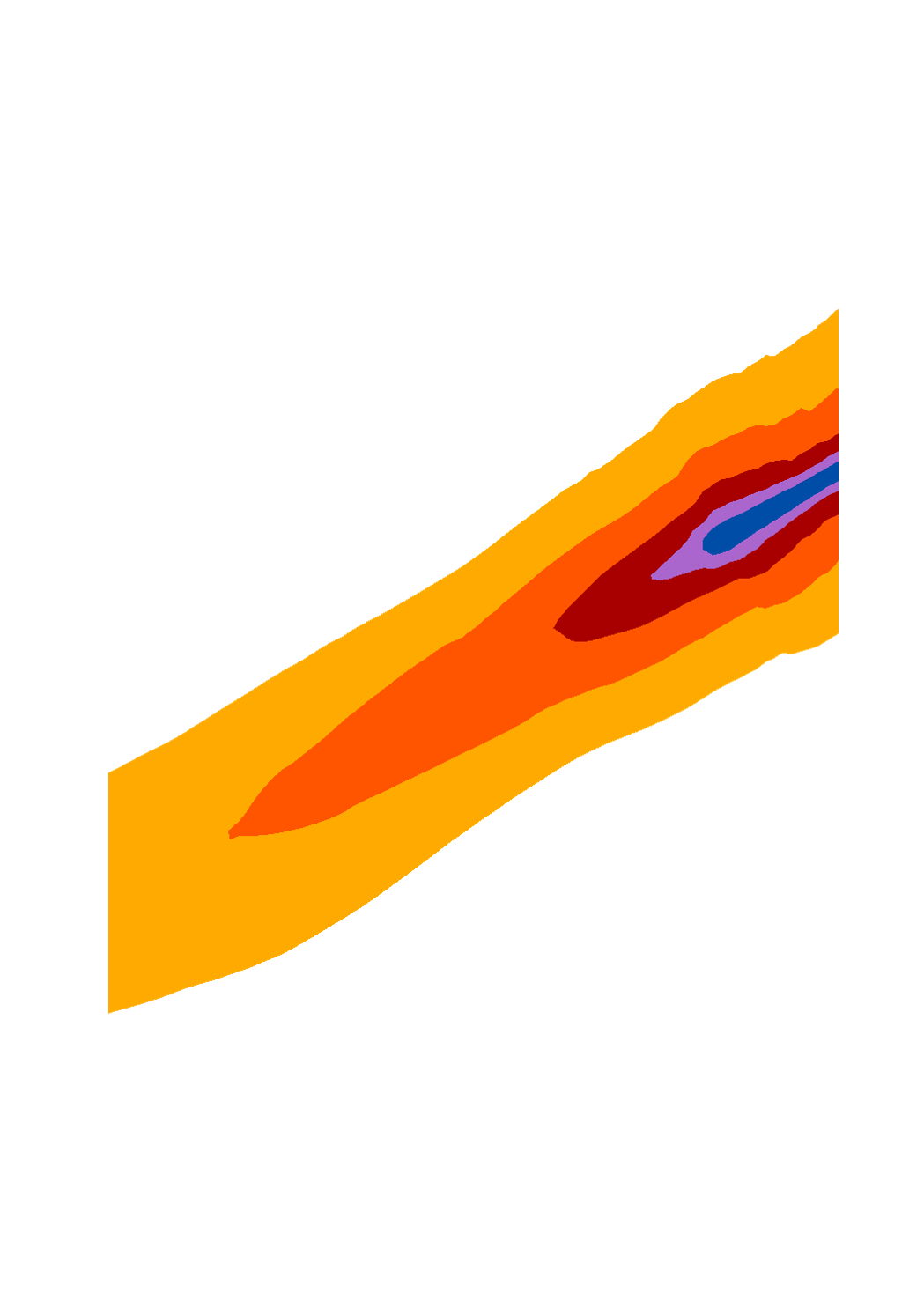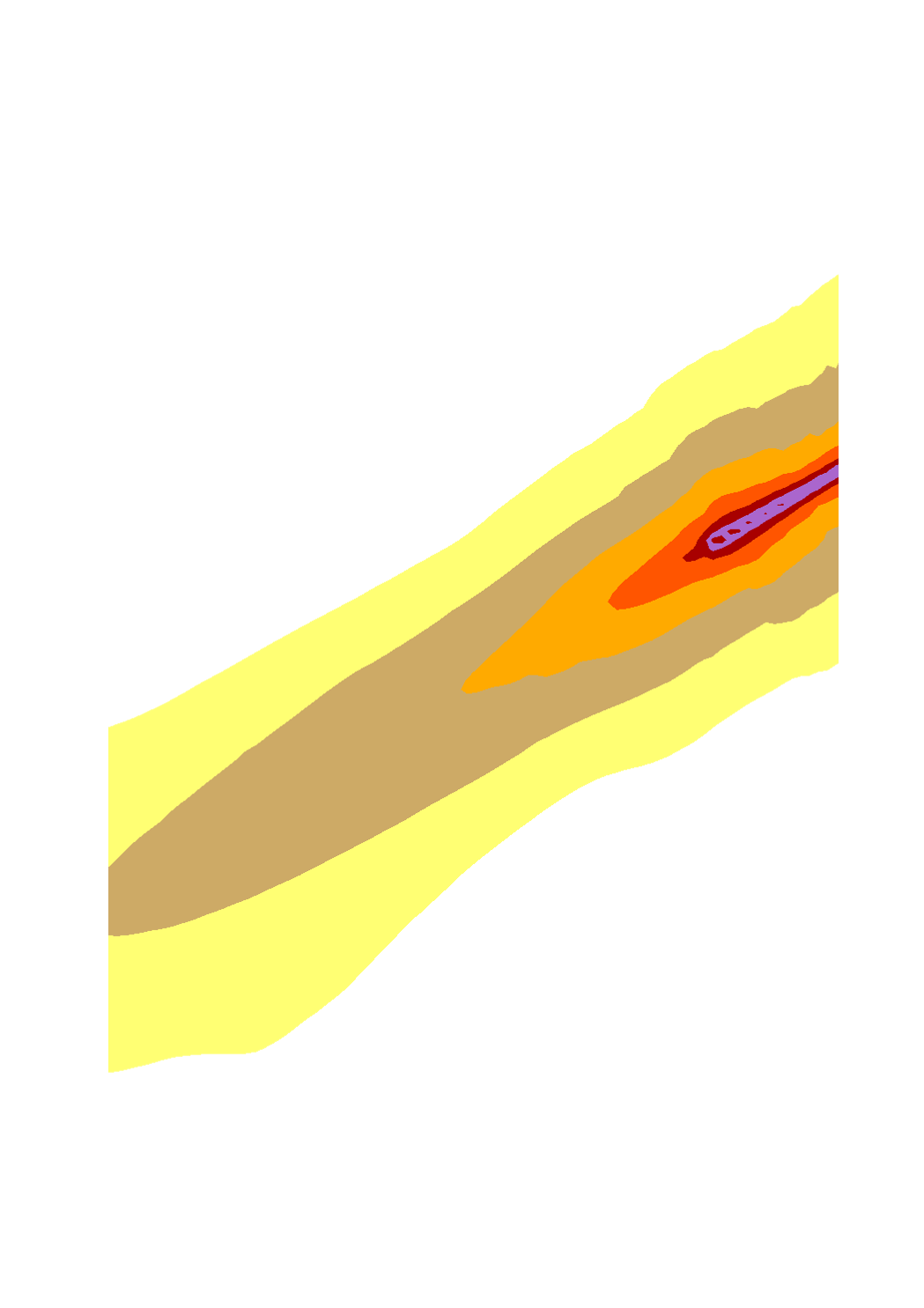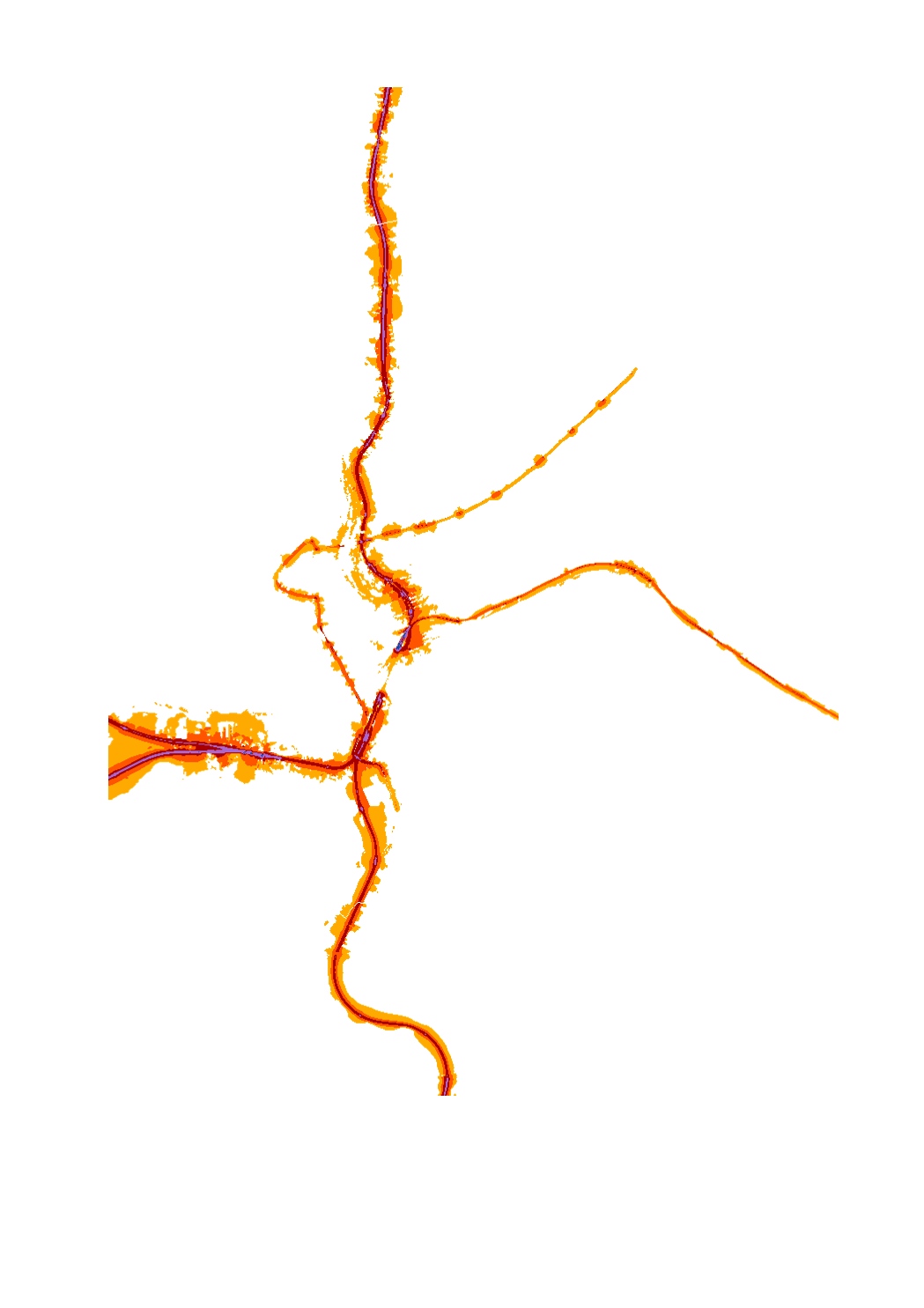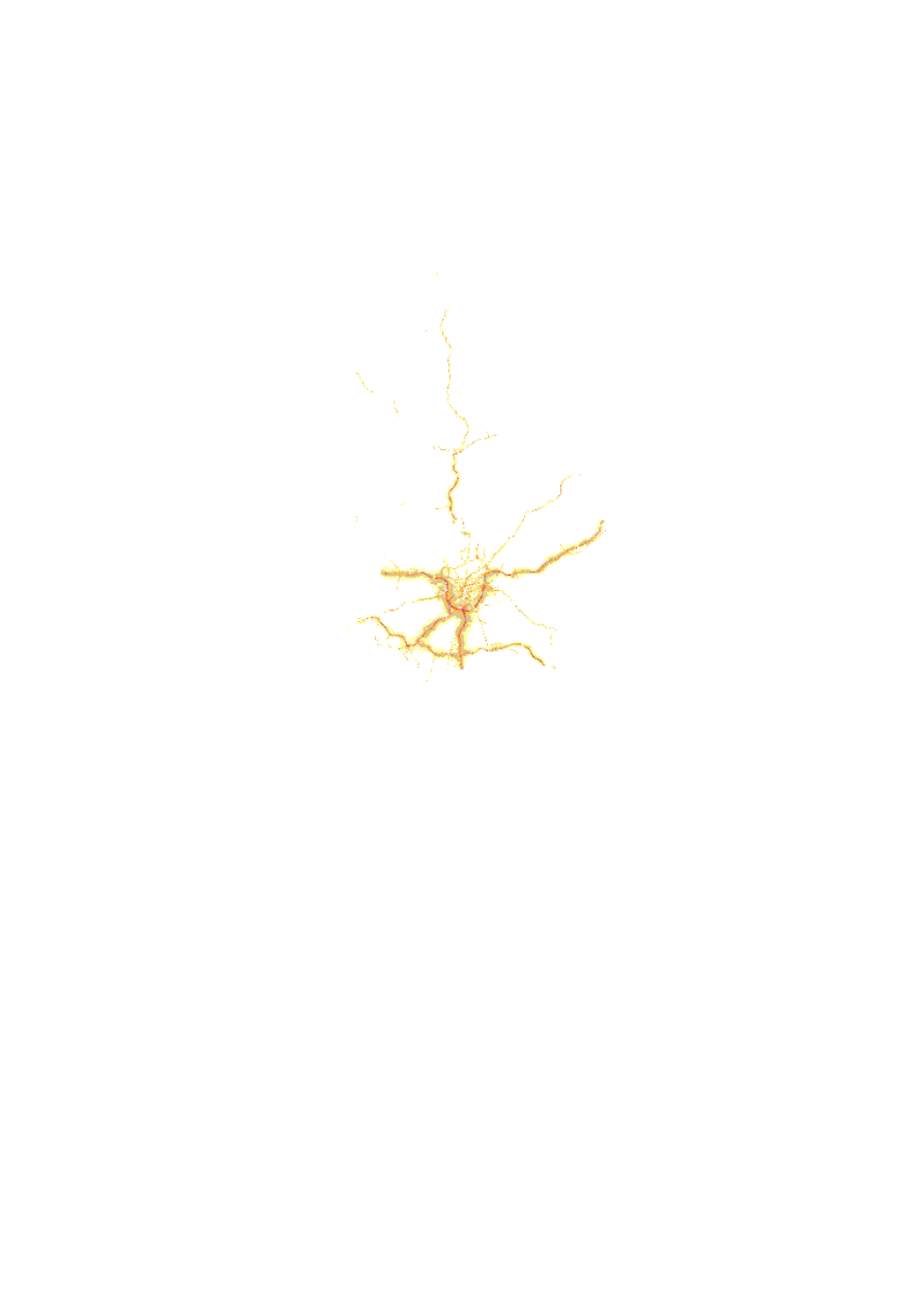Administration de l'Environnement - Unité surveillance et Évaluatiuon de l'environnement
Type of resources
Available actions
Keywords
Contact for the resource
Provided by
Groups
Years
Formats
Representation types
Update frequencies
status
Scale
-

In accordance with European legislation, the Environment Agency has updated the strategic noise maps for the fourth cycle of Directive 2002/49/EC of the European Parliament and of the Council of 25 June 2002 relating to the assessment and management of environmental noise. These maps refer to the year 2021 and indicate, with the help of a standardised colour scale using the Lden indicator, the exposure to ambient noise in decibels of the major airports per year located on the territory of the Grand Duchy of Luxembourg. The indicators used to describe the annoyance caused by exposure to noise are : Lden in decibels (dB), a representative average noise indicator for a 24-hour day, evaluated over a full year and for which the evening period is penalised by 5 dB(A) and the night period is penalised by 10 dB(A); and the Lnight in decibels (dB), a representative average noise indicator for an 8-hour night, assessed over a full year and associated with sleep disturbance. The indicators are based on three periods of the day: a day" period of 12 hours (7am to 7pm), an "evening" period of 4 hours (7pm to 11pm) and a "night" period of 8 hours (11pm to 7am)." https://environnement.public.lu/fr/loft/bruit/valeurs-limites-bruit.html
-

In accordance with European legislation, the Environment Agency has updated the strategic noise maps for the fourth cycle of Directive 2002/49/EC of the European Parliament and of the Council of 25 June 2002 relating to the assessment and management of environmental noise. These maps refer to the year 2021 and indicate, with the help of a standardised colour scale using the Lngt indicator, the exposure to ambient noise in decibels of the major airports per year located on the territory of the Grand Duchy of Luxembourg. The indicators used to describe the annoyance caused by exposure to noise are : Lden in decibels (dB), a representative average noise indicator for a 24-hour day, evaluated over a full year and for which the evening period is penalised by 5 dB(A) and the night period is penalised by 10 dB(A); and the Lnight in decibels (dB), a representative average noise indicator for an 8-hour night, assessed over a full year and associated with sleep disturbance. The indicators are based on three periods of the day: a day" period of 12 hours (7am to 7pm), an "evening" period of 4 hours (7pm to 11pm) and a "night" period of 8 hours (11pm to 7am)." https://environnement.public.lu/fr/loft/bruit/valeurs-limites-bruit.html
-

In accordance with European legislation, the Environment Agency has updated the strategic noise maps for the fourth cycle of Directive 2002/49/EC of the European Parliament and of the Council of 25 June 2002 relating to the assessment and management of environmental noise. These maps refer to the year 2021 and indicate, with the help of a standardised colour scale using the Lden indicator, the exposure to ambient noise in decibels of the major rail routes with more than 30,000 passages per year located within the territory of the Grand Duchy of Luxembourg. The indicators used to describe the annoyance caused by exposure to noise are : Lden in decibels (dB), a representative average noise indicator for a 24-hour day, evaluated over a full year and for which the evening period is penalised by 5 dB(A) and the night period is penalised by 10 dB(A); and the Lnight in decibels (dB), a representative average noise indicator for an 8-hour night, assessed over a full year and associated with sleep disturbance. The indicators are based on three periods of the day: a day" period of 12 hours (7am to 7pm), an "evening" period of 4 hours (7pm to 11pm) and a "night" period of 8 hours (11pm to 7am)." https://environnement.public.lu/fr/loft/bruit/valeurs-limites-bruit.html
-

In accordance with European legislation, the Environment Agency has updated the strategic noise maps for the fourth cycle of Directive 2002/49/EC of the European Parliament and of the Council of 25 June 2002 relating to the assessment and management of environmental noise. These maps refer to the year 2021 and indicate, with the aid of a standardised colour scale using the Lngt indicator, the exposure to ambient noise in decibels of the major rail routes with more than 30,000 passages per year located within the territory of the Grand Duchy of Luxembourg. The indicators used to describe the annoyance caused by exposure to noise are : Lden in decibels (dB), a representative average noise indicator for a 24-hour day, evaluated over a full year and for which the evening period is penalised by 5 dB(A) and the night period is penalised by 10 dB(A); and the Lnight in decibels (dB), a representative average noise indicator for an 8-hour night, assessed over a full year and associated with sleep disturbance. The indicators are based on three periods of the day: a day" period of 12 hours (7am to 7pm), an "evening" period of 4 hours (7pm to 11pm) and a "night" period of 8 hours (11pm to 7am)." https://environnement.public.lu/fr/loft/bruit/valeurs-limites-bruit.html
-

This layer contains the existing noise barriers in the road network, which have been summarized by the authorities and used for the 2021 noise mapping under the Environmental Noise Directive 2002/49/EC.
-

In accordance with European legislation, the Environment Agency has updated the strategic noise maps for the fourth cycle of Directive 2002/49/EC of the European Parliament and of the Council of 25 June 2002 relating to the assessment and management of environmental noise. These maps refer to the year 2021 and indicate, with the aid of a standardised colour scale using the Lngt indicator, the exposure to ambient noise in decibels of industrial activity located within agglomerations. The indicators used to describe the annoyance caused by exposure to noise are : Lden in decibels (dB), a representative average noise indicator for a 24-hour day, evaluated over a full year and for which the evening period is penalised by 5 dB(A) and the night period is penalised by 10 dB(A); and the Lnight in decibels (dB), a representative average noise indicator for an 8-hour night, assessed over a full year and associated with sleep disturbance. The indicators are based on three periods of the day: a day" period of 12 hours (7am to 7pm), an "evening" period of 4 hours (7pm to 11pm) and a "night" period of 8 hours (11pm to 7am)." https://environnement.public.lu/fr/loft/bruit/valeurs-limites-bruit.html
-

Noise map of all the major roads of more than 3 million vehicles per year located on the territory of the Grand-duchy of Luxemburg and all roads inside of the agglomeration. This map is representative for the year 2016 and is using the noise index LNGT. This noise map has been elaborated in the context of the DIRECTIVE 2002/49/EC OF THE EUROPEAN PARLIAMENT AND OF THE COUNCIL of 25 June 2002 relating to the assessment and management of environmental noise, transposed into national law by the loi du 2 août 2006 modifiant la loi modifiée du 21 juin 1976 relative à la lutte contre le bruit and the règlement grand-ducal du 2 août 2006 portant application de la directive 2002/49/CE relative à l'évaluation et à la gestion du bruit dans l'environnement.
-

In accordance with European legislation, the Environment Agency has updated the strategic noise maps for the fourth cycle of Directive 2002/49/EC of the European Parliament and of the Council of 25 June 2002 relating to the assessment and management of environmental noise. These maps refer to the year 2021 and indicate, with the help of a standardised colour scale using the Lden indicator, the exposure to ambient noise in decibels of railways located within agglomerations. The indicators used to describe the annoyance caused by exposure to noise are : Lden in decibels (dB), a representative average noise indicator for a 24-hour day, evaluated over a full year and for which the evening period is penalised by 5 dB(A) and the night period is penalised by 10 dB(A); and the Lnight in decibels (dB), a representative average noise indicator for an 8-hour night, assessed over a full year and associated with sleep disturbance. The indicators are based on three periods of the day: a day" period of 12 hours (7am to 7pm), an "evening" period of 4 hours (7pm to 11pm) and a "night" period of 8 hours (11pm to 7am)." https://environnement.public.lu/fr/loft/bruit/valeurs-limites-bruit.html
-

The Grobscreening 2030 2% is used for the identification of hotspots for the NO2-air pollution on major roads in the Grand Duchy of Luxembourg for the year 2030 based on the assumption of 2% annual increase of trafic numbers compared to 2022 and an estimate for the fleet composition in 2030. Every road segment in the country that presents a circulation of more than 5000 vehicles a day and a relevant roadside construction is inspected. The annual mean of NO2 is then determined.
-

In accordance with European legislation, the Environment Agency has updated the strategic noise maps for the fourth cycle of Directive 2002/49/EC of the European Parliament and of the Council of 25 June 2002 relating to the assessment and management of environmental noise. These maps refer to the year 2021 and indicate, with the aid of a standardised colour scale using the Lngt indicator, the exposure to ambient noise in decibels of railways located within agglomerations. The indicators used to describe the annoyance caused by exposure to noise are : Lden in decibels (dB), a representative average noise indicator for a 24-hour day, evaluated over a full year and for which the evening period is penalised by 5 dB(A) and the night period is penalised by 10 dB(A); and the Lnight in decibels (dB), a representative average noise indicator for an 8-hour night, assessed over a full year and associated with sleep disturbance. The indicators are based on three periods of the day: a day" period of 12 hours (7am to 7pm), an "evening" period of 4 hours (7pm to 11pm) and a "night" period of 8 hours (11pm to 7am)." https://environnement.public.lu/fr/loft/bruit/valeurs-limites-bruit.html
 geocatalogue.geoportail.lu
geocatalogue.geoportail.lu